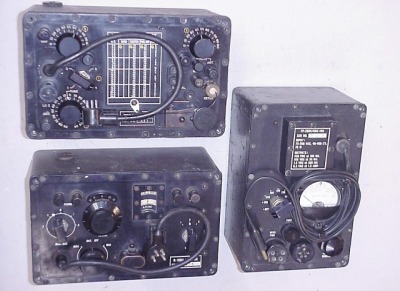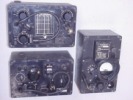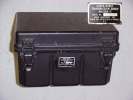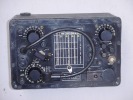|
|
|
|
|
|
|
| GRC-109 |
|
|
|
A little bit of history: After developing it in 1948 / 49, the CIA introduced the RS-1 and used it as spy radio ca from 1950 to 1964 in Asia, Bulgaria, Albania, Vietnam, Tibet, Kuba and most probably in other countries, too. In 1960 reserve special troups were trained on it. RS-1 consists of RP-2 Power Supply (75 - 260 V AC). The Army adapted the radio and called it
The producer Admiral Corporation built the GRC-109 for the Army, (they also had built the RS-1 for the CIA). The Army used it ca from 1961 to 1969. After 1965 it became the standard radio for all combat units in forward areas. Look as well as technical data of RS-1 and GRC-109 are identical, in addition every GRC-109 (also GRC-9 A) has a plug for a burst coder GRA-71.
GRC-109 consists of:
A modified GN-58 is used as hand crank generator (the same as used with GRC-9); there also was a two- stroke generator UGP-12. The universal power possibilities (6V, AC, Generator) is the reason that the GRC-109 was used for such a long time. No special batteries were needed and the radio could be operated everywhere, for instance from a hotel room. The components are watertight. The lids have rubber packings and are closed by thumbscrewws. To hide it, the radio may be easily buried underground. Connections are very simply built, so an installation as well as maintenance of the cables needs no special tools. Later on Oklahoma Aerotronics built a GRC-109 A. It is even more rugged, is closed by hasp-type lid fasteners and has handles. Technical data are the same. A very detailed site on RS-1 and GRC-109 can be found at: Frequency ranges:
|






